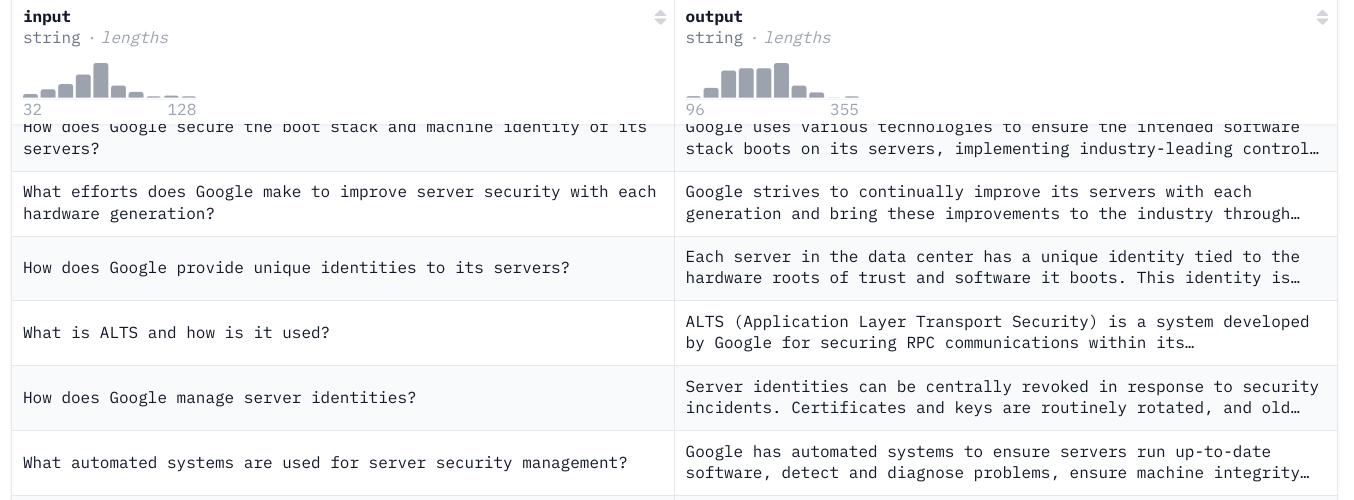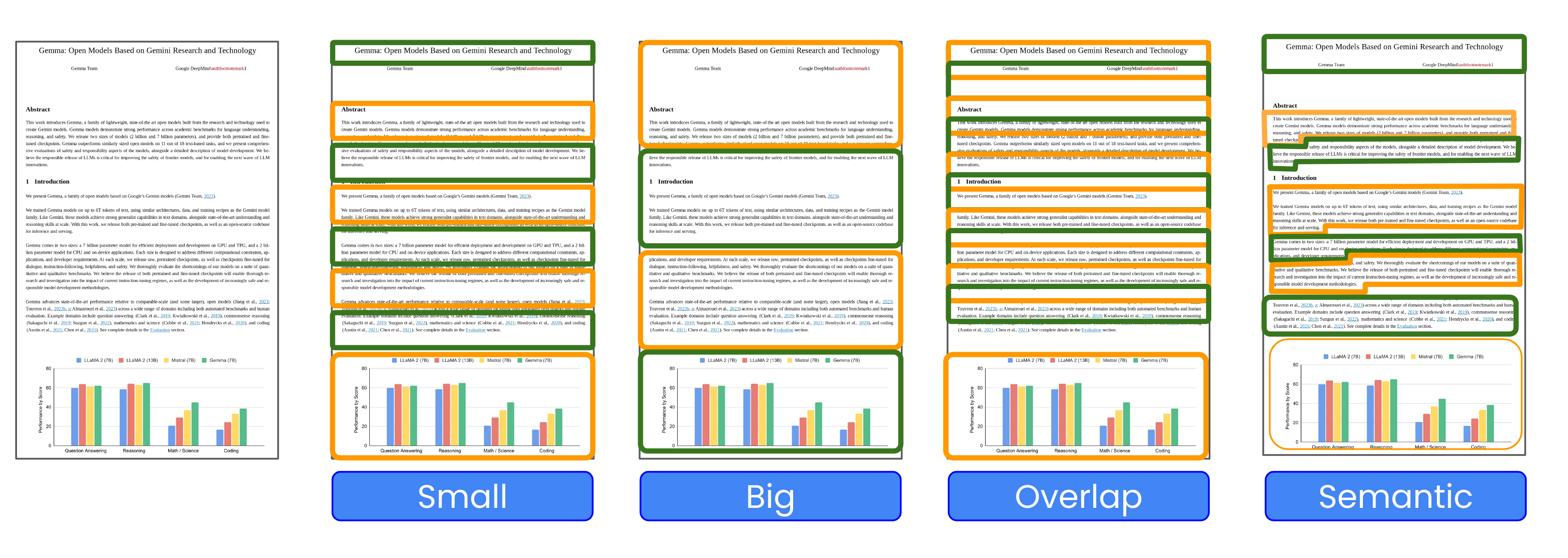RAGADAST // NEON GRID

Configure RAG Parameters // Engage the Data Stream



DATA STREAM:
[ Output Will Render Here After Engaging The Grid... Standby... ]
SYSTEM PARAMETERS:
[ Configuration Will Update Based On Grid Selection Above ]
COMPONENT ANALYSIS: DATA
DATA SOURCE // The knowledge core. For this simulation, we processed three distinct datasets: Vertex AI Q&A, HR Policies, and Datacenter Protocols. Access the raw data streams on Hugging Face (huggingface.co/fredmo) for deep-dive analysis.

COMPONENT ANALYSIS: CHUNKING
DATA SLICING // CHUNKING is the process of segmenting large data streams into manageable units for the AI. This segmentation enhances precision, accelerates retrieval, and navigates input constraints. Optimal slice size and overlap are critical parameters, requiring calibration based on the specific mission, data topology, and query patterns. Balancing context window size against chunk granularity is key to peak RAG performance. Larger context allows the AI processor to synthesize insights from a wider data horizon.

COMPONENT ANALYSIS: EMBEDDING
SEMANTIC VECTORIZATION // EMBEDDING translates textual data slices into high-dimensional vector coordinates. This numerical representation allows the RAG system to navigate the knowledge base using semantic proximity rather than just keyword matching. User queries are also vectorized, enabling the retrieval core to identify contextually relevant data chunks. The fidelity of the embedding model—its ability to capture subtle semantic nuances—directly dictates the RAG pipeline's accuracy and insight generation capabilities. Fine-tuning the embedding parameters is crucial for optimizing the retrieval signal.
Explore vector space with the TensorFlow Embedding Projector.

COMPONENT ANALYSIS: VECTOR DATABASE
VECTOR DATASTORE // VECTOR DATABASE is the high-speed repository for the vectorized data chunks (embeddings). Optimized for lightning-fast similarity searches in high-dimensional space, it enables the RAG pipeline to pinpoint the most semantically relevant data chunks corresponding to a user's vectorized query. This rapid, precise retrieval mechanism is fundamental to providing contextually accurate responses. The choice of datastore, its indexing algorithm (e.g., ANN), and scalability directly influence the RAG system's speed and efficiency.
COMPONENT ANALYSIS: RETRIEVAL
DATA RETRIEVAL ALGORITHMS // RETRIEVAL METHODS dictate how relevant data chunks are selected from the Vector Datastore.
Approximate Nearest Neighbors (ANN): Prioritizes speed and direct semantic similarity. Efficiently finds vectors closest to the query vector, focusing on relevance but potentially retrieving redundant information slices.
Maximal Marginal Relevance (MMR): Balances similarity with diversity. Aims to retrieve chunks that are relevant *and* offer distinct perspectives, often re-ranking initial ANN results to reduce overlap and broaden context.
Retrieval Scope (Small vs. Big): Determines the *quantity* of chunks retrieved. 'Small' retrievals offer high precision but risk missing context. 'Large' retrievals cast a wider net, increasing contextual richness but also the chance of noise. Tuning the retrieval method (ANN, MMR, hybrid) and scope is essential for optimizing the information quality fed to the final generation model.
Observe the vector space: ANN clusters tightly around the prompt vector. MMR selects nearby vectors but enforces diversity, pushing selections further apart while maintaining relevance.
SYSTEM BLUEPRINTS & TOOLS:
DIY CODE MODULES:
> Mpnet // Mistral // FAISS // ANN // MMR Circuit
> Vertex AI Vector Search Protocol
MANAGED SERVICES // CLOUD PLATFORMS:
> Vertex AI Search | Google Agentspace | Vertex AI RAG Engine